The UK’s CETUS unmanned submarine, designed as a capability demonstrator for the Royal Navy, is facing a six-month delay in its Integrated Test, Evaluation, and Acceptance trials, according to the Ministry of Defence.
The trials, originally expected to conclude earlier this year, are now scheduled to finish in the summer of 2025, before the vessel is handed over to the Royal Navy. The delay was confirmed by Minister of State for Defence Maria Eagle in response to a parliamentary question from James Cartlidge MP, who sought an update on the CETUS trials and the reasons behind the delay.
Eagle explained that “CETUS is undergoing Integrated Test, Evaluation and Acceptance trials which are expected to complete in the summer, before handover to the Royal Navy. This is six months later than planned because of an amendment to the original design of the vessel.”
Despite this setback, the project will continue to develop beyond its handover, with further testing planned. “CETUS will continue progressive experimentation and capability demonstration activities until late 2027,” she added.
The unmanned submarine, developed by Plymouth-based MSubs and managed through the Submarine Delivery Agency, is not intended for immediate operational service. Instead, the trials are expected to provide critical insights into the future role of autonomous underwater systems within the Royal Navy’s Anti-Submarine Warfare Spearhead programme.
Eagle clarified the demonstrator’s role, stating that “CETUS is a capability demonstrator, so will enable greater understanding of how this type of vehicle can be operated, maintained and commanded – it is not intended to enter operational service and therefore does not have a target in-service date.”
Named after the mythological sea monster Cetus, the vessel was launched at the end of February 2025.


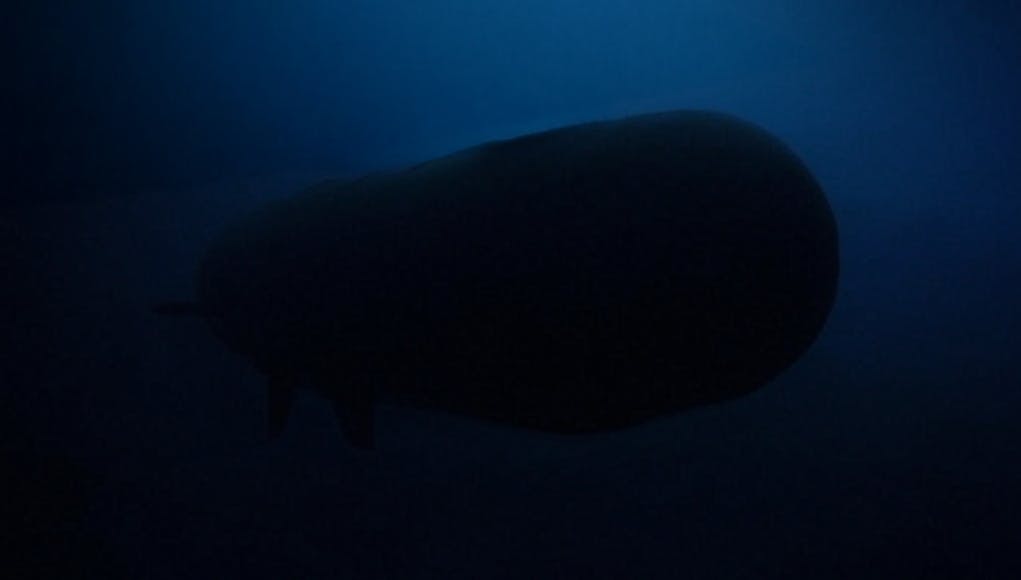

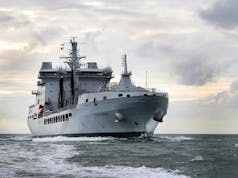


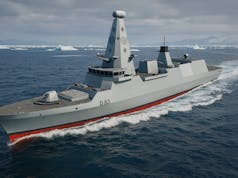

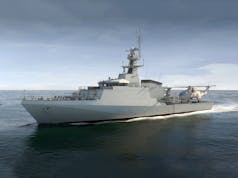

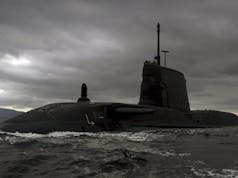


““CETUS is a capability demonstrator, so will enable greater understanding of how this type of vehicle can be operated, maintained and commanded – it is not intended to enter operational service and therefore does not have a target in-service date.”
What ever changes? Greater understanding, informing decisions, before the next wave of trials and repeat further down the road.
Yes indeed they need to order operational capabilities as that is how you really learn to operate and integrate new things as well as improve them..ivory tower studies really do very little to change how a service works…it’s essentially a self licking lollipop that flushes money down the toilet for little gain.
Order 3 give them some operational capabilities and practice hard with those in real life…it’s not like we don’t have a lot of undersea infrastructure to “practice” protecting..in healthcare we have an old saying see one, do one, teach one….with autonomous systems the UK armed forces paradigm seems to be be..see one, see another one, see yet another one, see even more…..and on and on.
it could be argued that the Cetus programme is one of the most important projects that we are in. the capability and potential of the Cetus drone is limited only by the commitment made to developing it. as force multiple, undersea cable sentry and protection suites, reconnaissancemissions special forces integration missions I’d love to know how fast they can be produced. I love the RN to get as many of these as possible subject to additional equipment upgrades and attack capabilities these machines could be mission downloaded in Pompey, hunted and simply set off on its mission with a tap on a keyboard somewhere. it would be fantastic just to be involved in the project and to see the birth of what could be the biggest step in naval warfare since the submarine itself.
IF the delay is “because of an amendment to the original design of the vessel”, then it is not a setback, just a realignment of the schedule. While any delay would be unwelcome, if it means that Chariots will enter service sooner then it is to be expected.
Never change the specification, mid contract. When will this lesson be learnt!
Unlike so many of the UAVs, where I want them to just get on with it, UUVs of this size aren’t all that common and I can understand the need for iterative trials. I’d hope that spec changes during build could be avoided in future and we could afford to get into continuously evolving production, which would mean only waiting two years for the next iteration. Perhaps that could drive the cost of each unit significantly downward, so doubling the build rate won’t double the project cost.
l perhaps one day our nuclear deterrent will be a remote controlled drone. stranger things can happen.
For a moment I thought it was being held up because of its inability to comply with dei or some other initial failure of concept.
😆